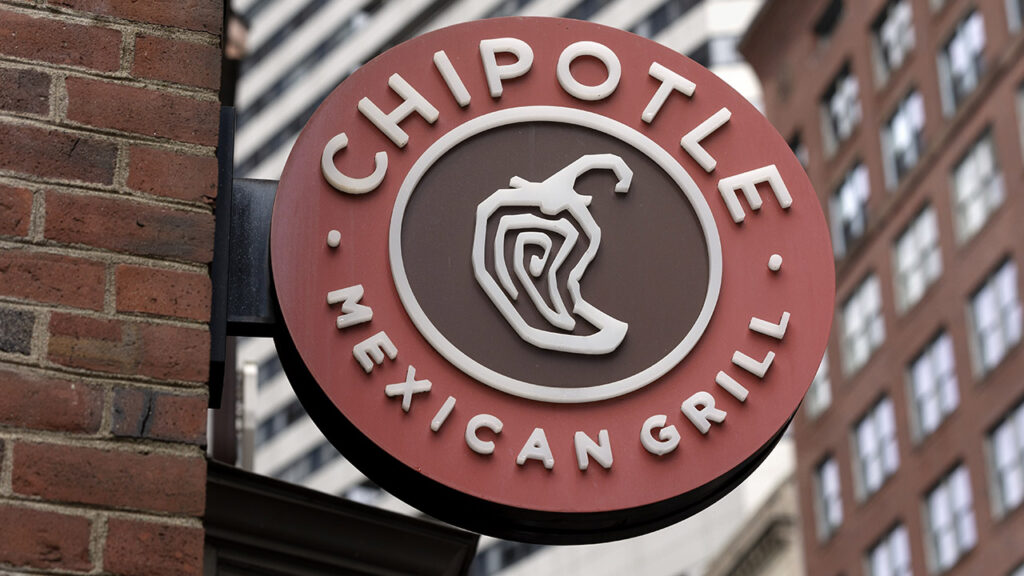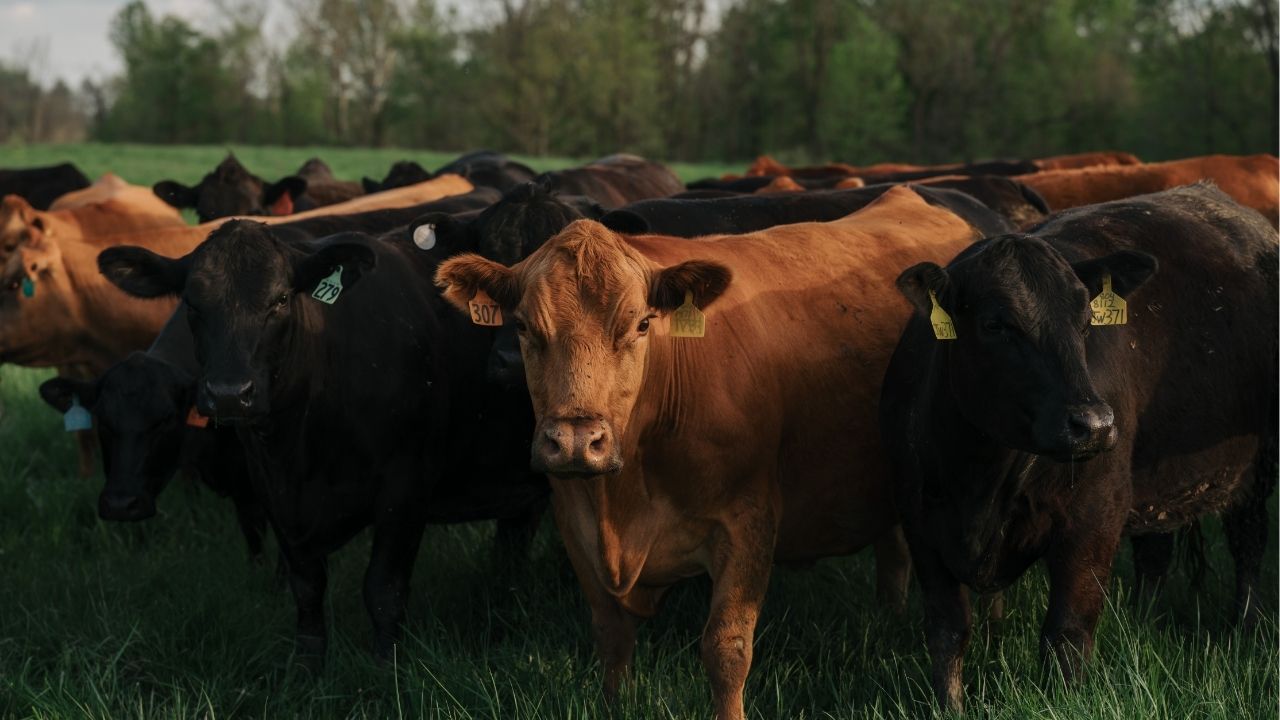
- Undercover investigator Ian Packer documented cows appearing to be alive while being skinned and butchered at Manning Beef in Los Angeles.
- The USDA previously suspended Manning for similar violations, though the owner denies live animals are ever processed at the facility.
- Trump-era deregulation, including fewer inspections and faster line speeds, may worsen conditions and increase risks of inhumane animal treatment in slaughterhouses.
Share
|
Getting your Trinity Audio player ready...
|

Nicholas Kristof
The New York Times
April 12, 2025
Countless dirty secrets swirl around the way animals on factory farms live, but an even uglier one may be the way they sometimes die.
“If everyone had to work a day in a meatpacking plant, these slaughterhouses would not exist,” said Ian Packer, 36, an undercover investigator from Florida. Packer should know: He worked for two months late last year at Manning Beef LLC, a slaughterhouse in Los Angeles, and he took hard-to-watch videos of animals that in some cases appear to be alive as they are cut up.
“I looked in the eyes of cows who could feel every slice of the knife as their ears were cut off and their faces were skinned, the workers holding the cows in place while they gasped for air and struggled to move away from the pain,” said Packer, who investigated on behalf of a nonprofit called Animal Outlook. “Watching those animals be butchered alive will haunt me.”
The great majority of livestock and poultry, to be sure, are not butchered alive — and the owner of the Manning slaughterhouse denies that it ever happens at his site. Some of the videos are open to debate, as it can be hard to discern whether an animal is jerking from pain or from postmortem reflexes. But to me at least, the video and testimony raise fundamental questions about industry claims of “humane slaughter.”
Trump’s Downsizing May Mean Less Oversight
The situation is now poised to get worse, for the Trump administration’s downsizing of the federal government may mean less oversight than ever of the slaughter industry.
“Under President Trump’s leadership, we are cutting unnecessary red tape, empowering businesses to operate more efficiently,” Agriculture Secretary Brooke Rollins announced last month. Cutting red tape is great, but the department is also allowing permanent increases in assembly line speed in certain slaughterhouses, adding to the risk of animals being processed before they die. The department also dissolved two food safety advisory panels, including one on meat and poultry inspection.
Cattle are supposed to be stunned and rendered insensible to pain with a bolt or bullet in the head before they are processed. But the stunning does not always work properly. In those cases, Packer said, he sometimes saw conscious animals hoisted upside down, bled and skinned even as they struggled and showed signs of pain.
Anthony DiMaria, the owner of Manning Beef, flatly denied this. “There’s no way an animal can be hoisted up alive,” he told me. He noted that there are federal inspectors working in his plant, empowered to shut it down if they see such a violation.
The problem, according to Packer, is that the inspectors moved around the plant and mostly weren’t there to see live animals being hoisted. And inspectors sometimes do take action: In 2022, the Department of Agriculture suspended the Manning slaughterhouse after inspectors observed a worker hoisting an animal that was still apparently conscious — and inspectors said that was the sixth incident of incomplete slaughter in about a month.
I’m no expert on animal sensibility. But Lester C. Friedlander, a veterinarian who worked for 10 years in slaughterhouse inspection, reviewed Packer’s videos and said that a number of the animals shown being hoisted and cut were still alive and responding to pain.
There can be disagreement. I showed several of the video clips to another expert, Temple Grandin of Colorado State University, who has worked with the industry to design livestock handling systems. In one case, she said the animal in the video was dead, and in another she couldn’t be sure.
4% of Animals Require Second Shot Before Death
The Meat Institute says that its standard is that 96% of animals should be rendered insensible after one shot in the head with a bolt, which still means that 4% require a second shot or, critics say, may even be at risk of being processed while alive.
Animal welfare may seem an odd thing to write about when our country is at a historic juncture and facing enormous risks. But current political challenges shouldn’t let us lose sight of every other issue, including the systematic brutality that we tolerate in our food industry — or its scale, with some 300 chickens, cattle, pigs or sheep slaughtered in the United States each second on average.
Some day, I suspect, we will wonder how we could have allowed so many animals to endure such profound suffering. As a onetime farm boy who raised sheep, cattle, geese, chickens and other animals, I understand that these aren’t just industrial cogs but animals with personalities not so different from our dogs and cats.
I’ve written about how the slaughter of pigs can go wrong, causing them to suffocate slowly. I’ve documented how chickens on the assembly line sometimes are scalded to death in boiling water. We have evolved a system that is a triumph of efficiency, providing Americans with cheap protein and holding down grocery bills. But all this comes at a monumental cost in animal suffering.
Laws and inspections have led to progress in slaughter conditions over the decades, and more could be done: It would help if an inspector was constantly observing animals being stunned and making sure they are insensible when they are hoisted and cut into. By my calculations, that would cost less than one-tenth of a cent per pound of beef.
What I keep thinking is this: If you torture one animal, you’re arrested and considered a psychopath. But if you abuse millions of animals in a systematic, industrial process, you’re hailed for your business acumen. That’s an uncomfortable contradiction at the heart of modern dining.
—
Contact Nicholas Kristof at Facebook.com/Kristof, Twitter.com/NickKristof or by mail at The New York Times, 620 Eighth Ave., New York, NY 10018.)
This article originally appeared in The New York Times.
By Nicholas Kristof/Damon Winter
c. 2025 The New York Times Company
RELATED TOPICS:
US Brings First Terrorism Charges Against Alleged Venezuelan Gang Member
3 hours ago
Artfully Staged for Takeoff: Fresno Airport Expansion Nears Finish
4 hours ago
Chipotle Tempers Annual Sales Forecast as Dining-out Takes a Hit
4 hours ago
General Motors to Increase Production at Ohio Transmission Facility
4 hours ago
US Justice Department Directs Investigations Over Gender-Affirming Care
4 hours ago
Exclusive: Trump Expected to Sign Order Pushing Training for Skilled Trades
4 hours ago
Kennedy Declares ‘Sugar Is Poison’ While Announcing Ban on Food Dyes
5 hours ago

Five Arrested in Fresno County Robbery Spree. Some Linked to Venezuelan Gang

US Brings First Terrorism Charges Against Alleged Venezuelan Gang Member

Artfully Staged for Takeoff: Fresno Airport Expansion Nears Finish

Chipotle Tempers Annual Sales Forecast as Dining-out Takes a Hit

Wired Wednesday: What’s the Future of Fresno Unified and the Superintendent Position?

Zakaria Draws Parallels Between Trump’s Tariffs, Failed 1930s Economic Policies












